IRENES at Venice International Film Festival
IRENES among success stories in Veneto Region
Creating win-win solutions from trade-offs?
The Millennium Ecosystem Assessment (2005), and recently the EU 2020 Biodiversity Strategy emphasizes that human well-being is tightly linked to environmental conditions through the delivery of Ecosystem Services (ES), and therefore good territorial environmental management could, in principle, also deliver better outcomes for people and environment, resulting in win-win solutions.
Low-carbon policies and Renewable Energy Sources (RES) development are challenged by the complexity of linkages between ecological, physical, social, and economic factors in relation to trade-offs and synergies between RES exploitation and the delivery of multiple ES. Generalizations and knowledge shortage lead to missing the acknowledgment of potential synergies between RES and ES within the governance and policy frameworks at territorial level.
The IRENES project will put in place interregional knowledge and experience exchange process to identify gaps and barriers within current ERDF and energy policy instruments in relation to the RES and ES co-relation, including environmental, social, economic, and governance concerns. The active commitment of Structural Funds Managing Authorities, and governing bodies of other policy instruments addressed in the project, is of paramount importance to integrate the potential RES development trade-offs and co-benefits with ES into the territorial development policies. Therefore, IRENES consortium priority is to communicate and dialogue WITH policy makers and not to policy makers in order to trigger the knowledge transfer and to inform, with scientific evidences on RES and Ecosystem Services, the decision makers about the potential of a win–win outcome that can be incorporated into the regional and national ERDF Operational programmes, energy and climate strategies and laws.
Let’s the IRENES stakeholders be the winners of the low-carbon policies challenges!
€1,781,783.00
Low-carbon economy
The most important IRENES outputs are the 5 Action Plans addressing the improvement of the target regional and national Structural Funds Programmes, and other environmental and energy policies related to the RES exploitation and Ecosystem Services flows.
Main thematic outputs:
- 5 RES SOTA (State Of The Art) scanning analysis (1 per target area) and 5 SWOT analysis of target policy instruments, providing an overview of their state of the art in relation to the IRENES concerns;
- 5 maps of trade-offs and synergies between RES exploitation and ES provided by the territory in each case study;
- 5 interregional site visits with in-depth peer review sessions of RES and policy instruments SWOT analysis of each project case study territory;
- 5 Local IRENES Knowledge Accelerators steering interregional and local exchange of experience and policy learning through co-learning and participatory activities addressed to stakeholders, as 10 capacity building workshops, 5 job shadowing exchanges, 5 Role Playing Simulation sessions;
As a main result, 45 persons from PPs' staff and stakeholders groups will be directly involved in IRENES activities. Estimated number of 500 persons will become better equipped and more efficient in managing and implementing environment and energy policies, coordinated by Structural Funds programmes and other relevant strategies, thanks to additional knowledge, improved decision-making skills and new relations acquired during the interregional exchange of experience process put in place.
Within measures addressed by the Operational Programme (OP) there is a lack on environmental aspects and sustainability. The energy (Renewable Energy Sources - RES) sector and the productive/company sector, which are sectors having a more direct environmental impact, should be addressedconsidering environmental aspects, meaning aspects related to the preservation and improvement of Ecosystem Services (ES), in order to ensure the environmental quality and sustainability. For this reason, priority axis to be improved with such concerns are axis 4 – energy sustainability and environmental quality and axis 1 – research, technological development and innovation. In particular:
- the Action 1.1.4 supports collaborative R&D activities for the development of new sustainable technologies, products and services, implemented by companies in connection with research and university players and the already existing public-private aggregations.
- the Action 4.1.1 provides incentives for interventions aimed at reducing energy consumption as foreseen by the Regional Law "Rules for regional energy planning", envisaging the promotion of energy saving and the development of renewable energy sources.
- the Action 4.2.1 provides incentives aimed at reducing energy consumption and climate-changing gas emissions from companies and production areas including the installation of renewable energy production plants for self-consumption.
Within the Lower Saxony’s Operational Programme ERDF/ESF 2014-2020 the topic of Renewable Energy Sources (RES) development is not fully addressed by specific objectives under the "TO4 - Low-carbon economy", while a specific focus on the improvement of Ecosystem Services (ES) is provided within the specific objective "Sustainable enhancement of Lower Saxony's cultural and natural heritage and protection of biological diversity" under the "TO6 - Environment and resource efficiency". The aim of such specific objective is to contribute to sustainable and environmental friendly economic development in rural areas and landscapes, also through the restoration and/or promotion of near-natural ecosystems and ES. RES are not considered within such development, even if the exploitation of RES in rural areas (e.g. bioenergy), if well addressed and managed, could contribute both to the economic development and to the restoration and enhancement of near-natural ecosystems and ecosystem services. The concepts of biodiversity, cultural and natural heritage, nature conservation, restoration and promotion of near-natural environments and ES shall be improved in order to provide an inclusive landscape planning perspective that allows addressing RES exploitation in rural areas as a potential driver of ES co-benefits.
The programme mainly invests in eliminating the main bottlenecks for addressing sustainable, efficient and environmentally friendly development across the country. Another important objective is to introduce measures to increase energy efficiency and to protect natural resources. The programme focuses on eight priorities, two of which are of high relevance for RES exploitation and ES topics:
• Promoting adaptation to climate change, prevention and risk management.
• Clean energy and energy efficiency for a low-carbon economy.
Reasons for why it should be improved:
Romania has a significant potential in terms of renewable resources. At the moment, Romania is far less dependent on energy imports (22.7% in 2012) than EU27 (53.4%). This is due to the promotion of measures aimed at reducing energy consumption by using energy efficiency and to the exploitation of energy from local renewable sources (especially hydroelectric). Neverthless, the development of such RES exploitation is not currently addressed considering its impact on biodiversity and ES. For example, there are “unsuccessful stories”, meaning negative environmental impacts, about the use of water for hydroelectric power generation, especially in the mountain area, and wind farms having significant impact on the birds migration routes.
The strategy sets out proposals for decarbonising all sectors of the UK economy through the 2020s. It explains how the whole country can benefit from low carbon opportunities, while meeting national and international commitments to tackle climate change.The Department for Business, Energy and Industrial Strategy (BEIS) issued a consultation on "A Future Framework for Heat in Buildings" in March 2018. This states that decarbonising heat is central to meeting greenhouse gas emission reduction target for 2050 and that there is a particular need for action in those (predominatly rural) parts of the country off the gas supply grid. The consultation seeks evidence on cleaner heating technologies for off gas grid areas, including the scope for using biomass, electric heating and heat networks. A key point arising from the consultation is that the government is not currently sure about the best ways to achieve the objective of decarbonising heating in off gas grid areas and consequently there is interest in designing, trialing and evaluating possible solutions. We believe that meeting the objective of decarbonising heat provision in off gas grid areas will require a whole systems perspective. This means considering the interactions between components of the energy system (e.g. generation, transmission, demand) and its connections with other systems (e.g. regarding food and water supply). To do this there is a need to consider socio-techno-economic and environmental analyses.
OP's main objectives in relation to IRENES concerns are focused on increasing resource efficiency of the Estonian economy and mitigation of environmental impact from economic growth, also through the introduction of green and low-carbon technologies.The addressed priorities are:
- Sustainable urban development (ERDF Fund): focused on five larger urban areas in Estonia, aimed to cover all sustainability aspects of urban areas, including economic, environmental, climatic, demographic and social challenges.
- Energy efficiency (CF funds): supporting energy efficiency, smart energy management and renewable energy use in public infrastructure, including in public buildings and housing sector.
- Green infrastructure (CF Funds): protecting and restoring biodiversity and soil and promoting ES, including through green infrastructure.
Although the OP foresees the increased use of Renewable Energy Sources (RES), and the high potential for synergies among the priorities, there is a need for the following improvements:
1. There is a lack of spatially explicit specific recommendations on how to assess the impacts of RES in land use/land cover and on the environment and ES.
2. Due to the late adoption of the Ecosystem Services (ES) framework in Estonia, impacts of RES in ES trade-offs were not taken into account at the time the OP was drafted and approved. While the OP recognizes the need for ensuring a sustainable ES supply, this objective is disconnected from the RES exploitation.
IRENES among success stories in Veneto Region
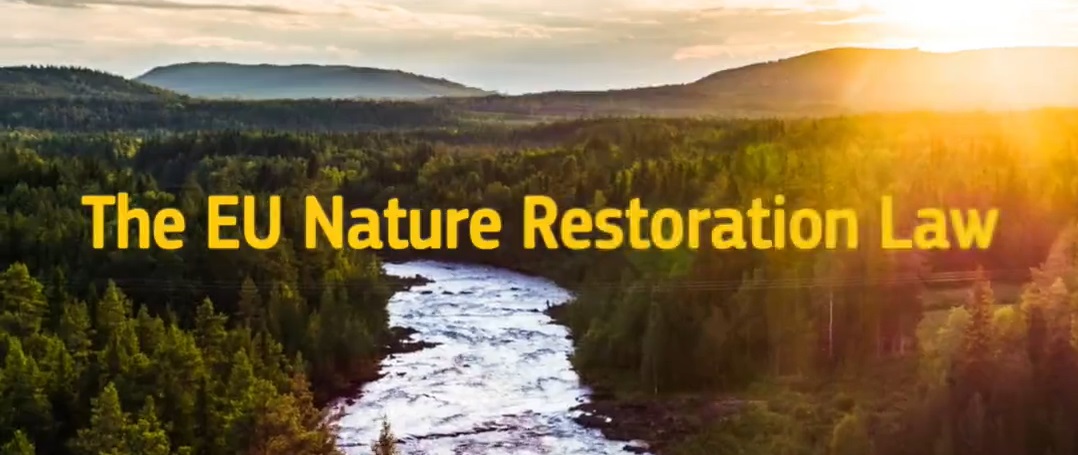
The Commission has proposed a new law to restore ecosystems for people, the climate and the planet.
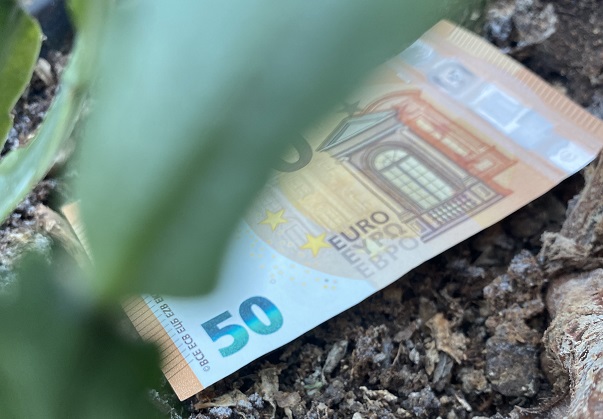
The European Central Bank is caring for ecosystem services!
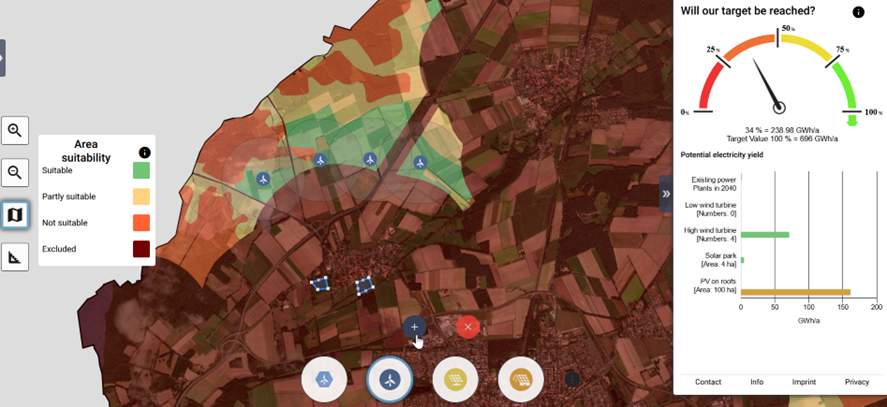
The action was in line with the IRENES overall goal
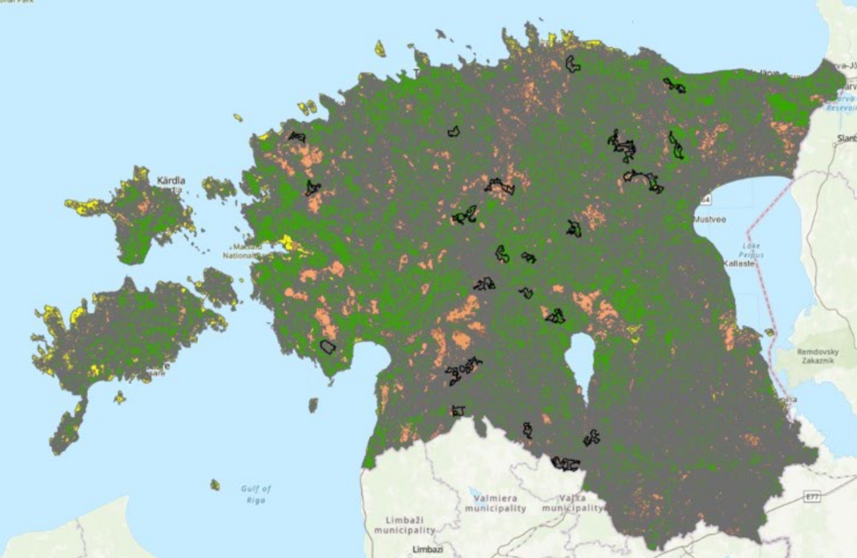
Supporting the integration of ecosystem services into wind energy spatial planning
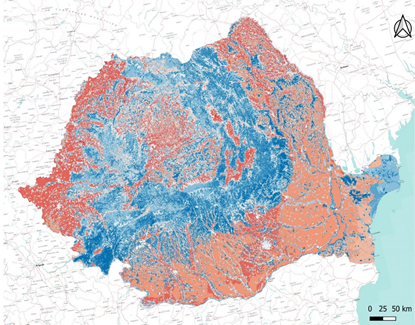
A close dialogue with the stakeholders
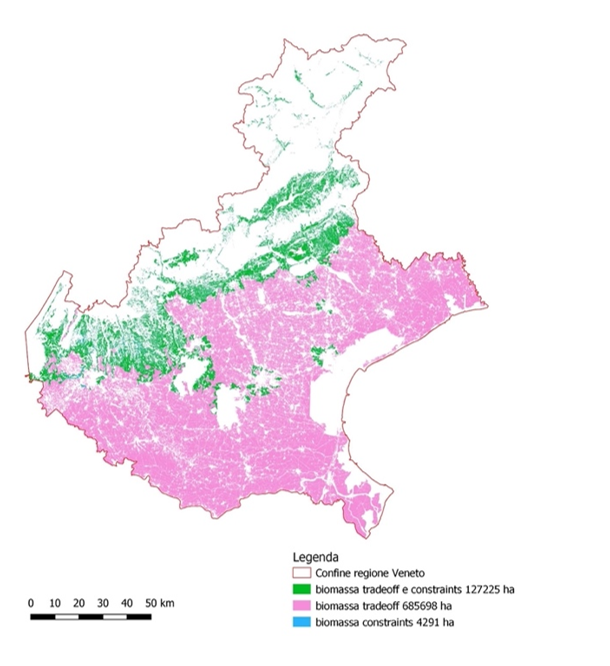
Promoting Energy communities
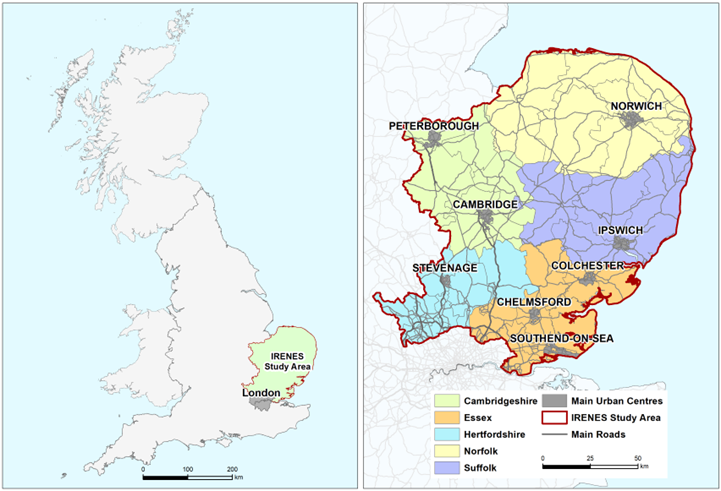
IRENES Land Use Tool
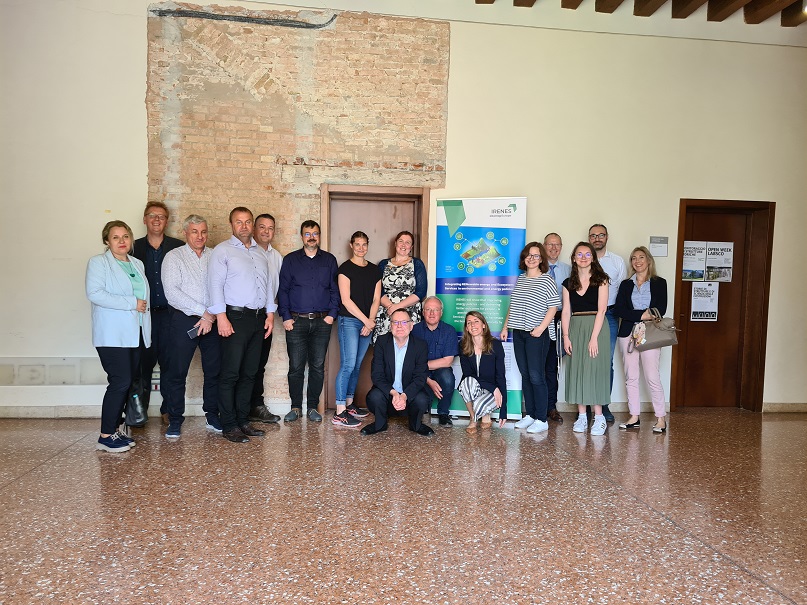
IRENES final event was held today in Venice: a success!
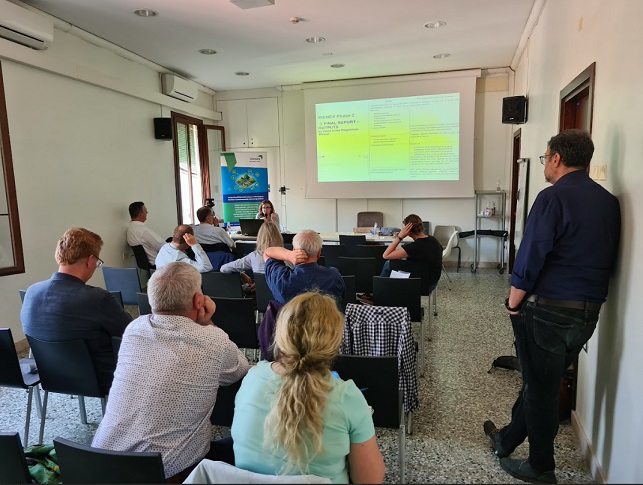
The last Steering Group meeting was held after the finale event in Venice